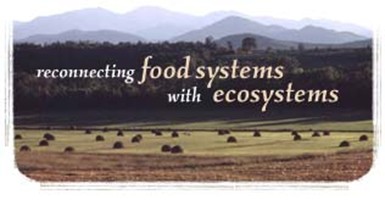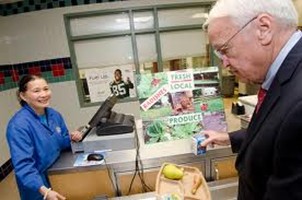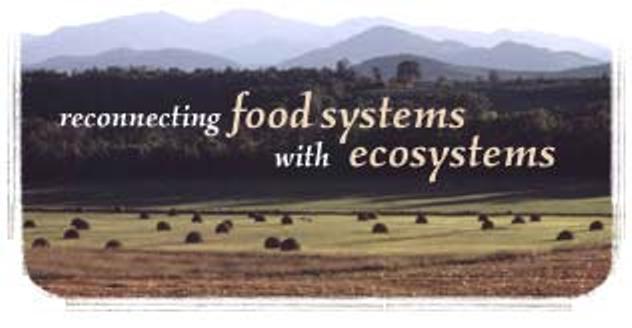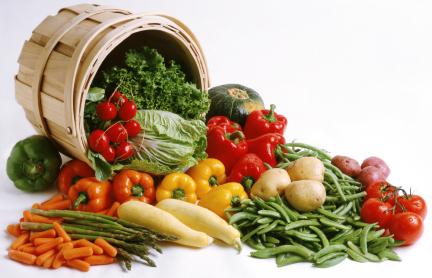We know about organic, and we know about local, and we know that many farmers are working to make their enterprises safe for people and the land. I’m happy to report that there is also a movement to make it possible for farming to co-exist with wildlife. This is important if you love nature, because protecting biodiversity is good for everyone’s future.
Biodiversity exists when a place has a variety (diversity) of plants and animals, living together in a complex ecosystem. A healthy, diverse ecosystem might consist of a stream with reeds and grasses growing on the bank, fish that live in the stream, trees nearby that host birds, and so on. This collection of different living things is the opposite of a gigantic field of one variety of corn.
An organization called the Wild Farm Alliance has been formed “to promote agriculture that helps to protect and restore wild Nature.” (site) True to this vision, Wild Farm Alliance offers tools, brochures, books, guidelines – good things a farmer can use to make his or her land hospitable to a variety of creatures.
Did you know that if farmers dedicate a strip of land just three feet wide to growing plain old grass, instead of a revenue-producing crop, this strip can remove most E. coli organisms from water overflowing? Or that hedgerows (strips of trees or bushes between fields) can reduce drifting dust and pesticides from neighboring areas?
You can download one of the brochures here:
http://www.wildfarmalliance.org/resources/fdsfty_brochure.htm
PS. They’re hiring! As of today, January 31, the website announces a search for a program assistant in Watsonville.




